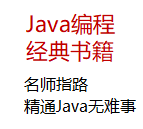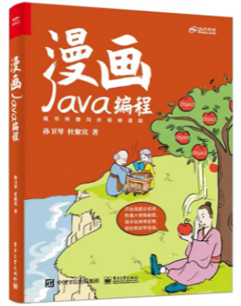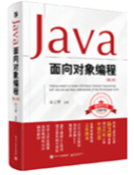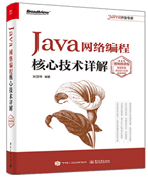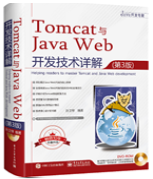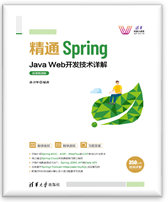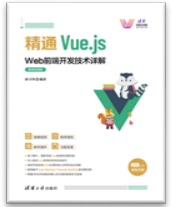本文参考《Tomcat与Java Web开发技术详解》 http://www.javathinker.net/javaweb/mvc-app.rar https://repo.spring.io/libs-release-local/org/springframework/spring/ www.javathinker.net/javaweb.jsp 1.1 建立Spring MVC的环境 1.2 创建视图 <form:form method = "POST" action = "/helloapp/addStudent">
<%@page contentType = "text/html;charset = UTF-8" language = "java" %>
<%@page contentType = "text/html;charset = UTF-8" language = "java" %>false " %>
1.3 创建模型 package mypack;public class Student {private Integer age;private String name;private Integer id;public void setAge(Integer age) {public Integer getAge() {return age;public void setName(String name) {public String getName() {return name;public void setId(Integer id) {public Integer getId() {return id;
1.4 创建Controller组件 package mypack;import org.springframework.stereotype.Controller;import org.springframework.web.bind.annotation.ModelAttribute;import org.springframework.web.bind.annotation.RequestMapping;import org.springframework.web.bind.annotation.RequestMethod;import org.springframework.web.servlet.ModelAndView;import org.springframework.ui.ModelMap;public class StudentController {public ModelAndView student() {return new ModelAndView("student", "command", new Student());public String addStudent(return "result";
http://localhost:8080/helloapp/student,Spring //model变量为ModelMap类型 model.addAttribute("name", student.getName());
1.5 创建web.xml文件和Spring MVC 配置文件 <?xml version="1.0" encoding="UTF-8"?>http://xmlns.jcp.org/xml/ns/javaee class >class >
1.6 运行helloapp应用 http://localhost:8080/helloapp/student www.javathinker.net
[这个贴子最后由 admin 在 2021-10-09 10:39:00 重新编辑]
网站系统异常
系统异常信息
Request URL:
http://www.javathinker.net/WEB-INF/lybbs/jsp/topic.jsp?postID=844&pages=3本站管理人员 。

